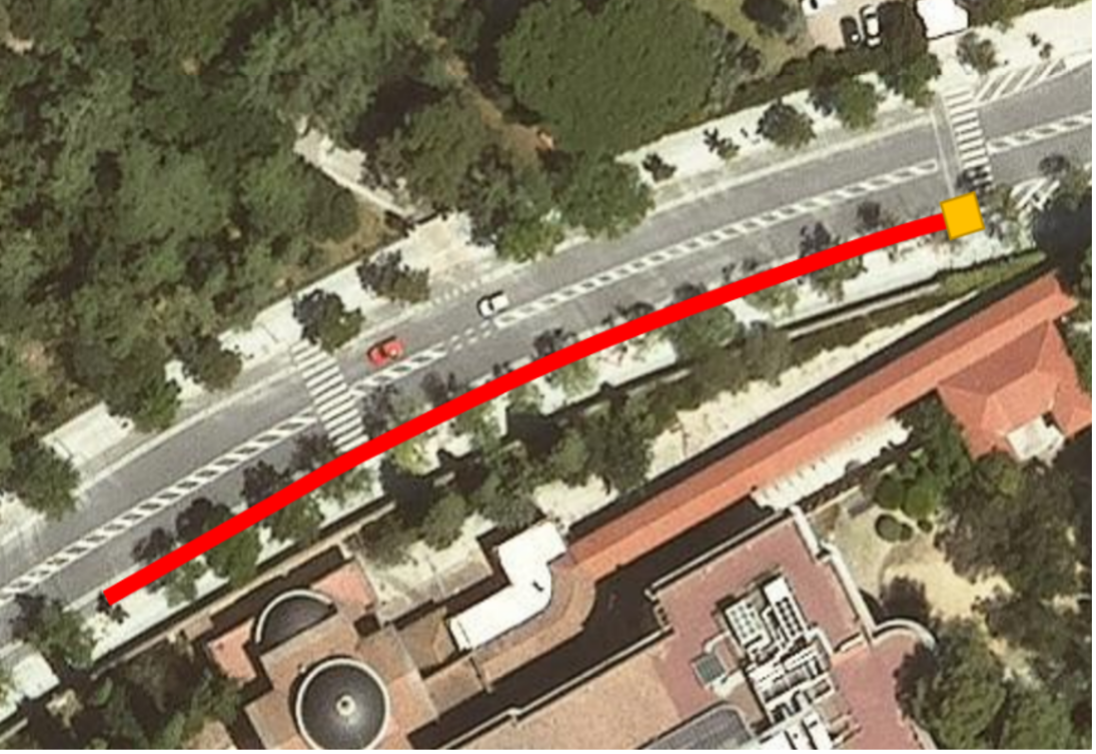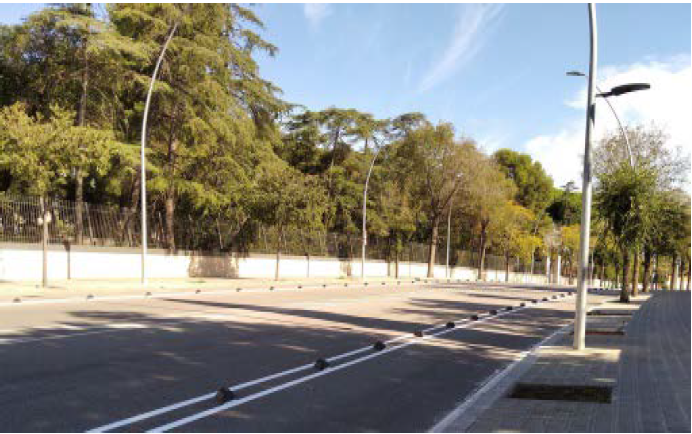Spain – Barcelona
In Spain the focus is on tools adressing heat island effects, heatwaves, heavy rains and urban flooding in urban scale. The Barcelona City Council will last a pilot test to implement a new drainage pavement for the city. It will be installed on the sea coast bike path of Jordi Girona street, between John Maynard Keynes street and Tillers passeig, in the Les Corts district, and will have a length of 100 meters and 2 meters wide. The test will begin in the beginning of the English quarter.


The objective of this initiative is to study the behavior of permeable pavements or linear Sustainable Urban Drainage Systems (SUDS) and evaluate their potential to contribute to responding to urban drainage problems. The test will serve for:
Assess the drainage capacity of the asphalt pavement and its evolution. Assess the quality of the surface runoff streams obtained.
Confirm the results of the experimental tests.
Study the mechanical behavior of the pavement when passing vehicles and passengers.
Study the temperature of the permeable pavement in relation to the traditional pavement (in sec and in mullat) to contribute to reducing the heat effect.
The material has a high and variable infiltration capacity depending on the hydraulic pressure. According to the different studies planned by the UPC, this type of pavement can achieve a potential reduction in surface runoff between 44% and 92%, depending on the geometry and alignment of the road.
The six draining properties can contribute to reducing the risk of flooding in the episodes of large plugs, it is a good complementary alternative to the large actions in collectors and departments of the city. Nowadays, the six features also make a difference in road safety, as they improve the circulation of cyclists by keeping the surface of the road dry in flood episodes.
In order to collect and analyze the results of this pavement, two recording chambers will be placed to accurately measure and use the samples, one on the west coast that will evaluate the amount of surface runoff captured by the draining pavement; And on the other hand, it will collect the circulating fluid directly over the traditional pavement (non-draining). In this way, a comparative analysis can be carried out. It is also necessary to locate a meteorological station as close as possible to the study area that will include both temperature sensors, relative humidity, wind speed and direction, connectivity and data monitoring.
Along with the bike lane, 10 linear meters will also be paved located in front of the entrance to the University parking lot. This tram is outside the linear circulation of the road, and will only have the objective of checking the mechanical resistance of this permeable pavement in front of heavy vehicles.
The initiative is part of the European project MULTICLIMACT (“MULTI-faceted CLIMate adaptation ACTions”) which aims to improve the resilience, preparedness and response capacity of the built environment against multiple challenges at various scales.
The project presented aims to evaluate the potential benefits of implementing “permeable bike lanes” based on draining pavements, worked in an integral manner with linear Sustainable Urban Drainage Systems (SUDS-linears). Participation in this European project will make it possible to monitor the draining pavement at large for 4 years and adjust the theoretical values obtained and the real potential of this type of pavement.
Contact
Aurea Plumed

